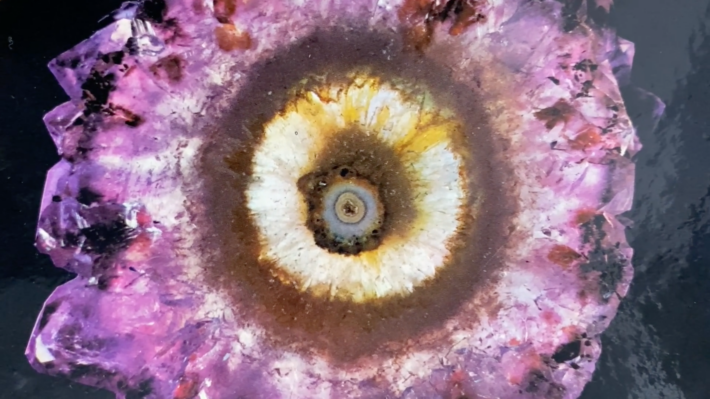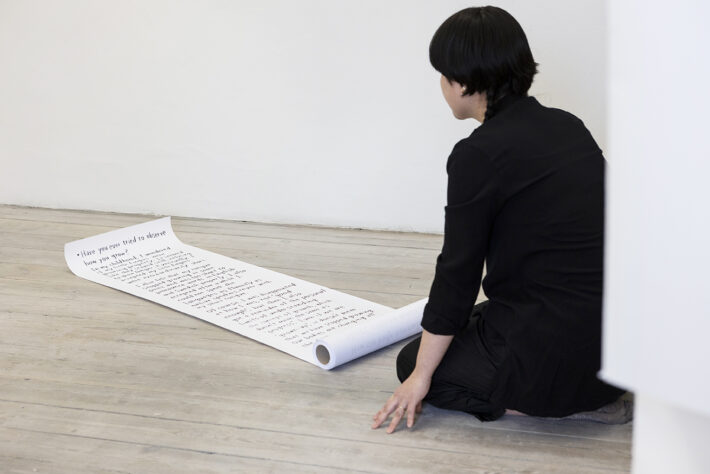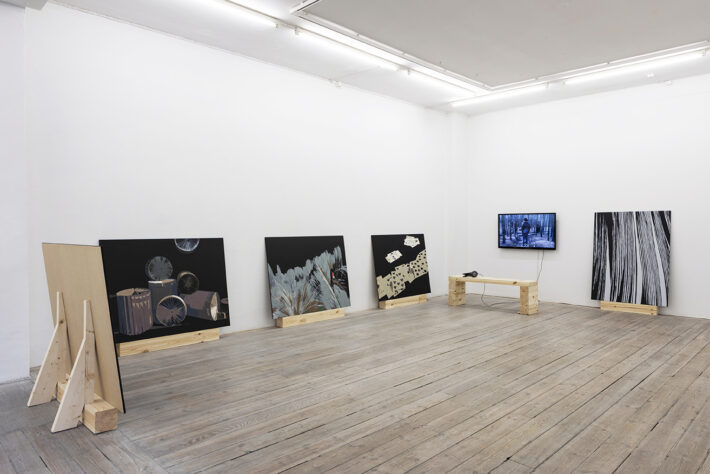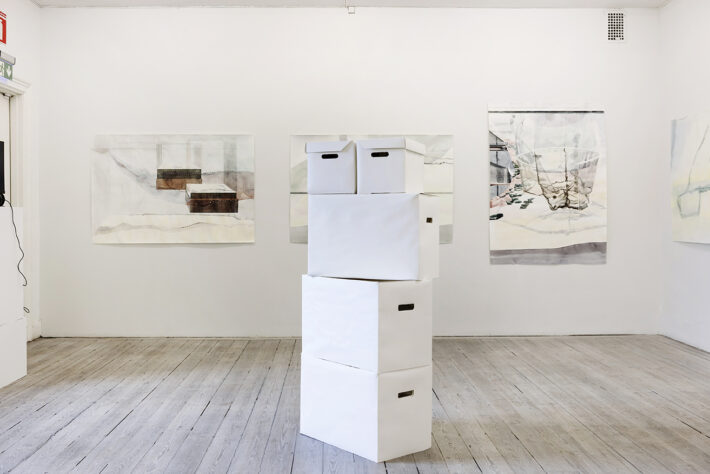Konstnärshuset: A Paralysis of One’s Inner Sense of Direction, exhibition opening 13 April 2024
Welcome to the exhibition A Paralysis of One’s Inner Sense of Direction at Konstnärshuset (Upper gallery) in Stockholm. The exhibition opened on Saturday 13 April at 1-4 pm and runs through 4 May.

A Paralysis of One’s Inner Sense of Direction
Hiroko Tsuchimoto, Malin Pettersson Öberg, Kristina Bength
Konstnärshuset, Upper gallery, Smålandsgatan 7, Stockholm
Saturday 13 April – Saturday 4 May 2024
Open: Wednesday-Saturday 12-4 pm
On Saturday 20 April at 13:00, Hiroko Tsuchimoto will give the performance The difference between plants and animals is not qualitative, but only quantitative (2024) which reflects on the inner world of plant life and contrasts perspectives on plant metamorphosis.
The performance will be followed by a conversation between the three artists, moderated by Ashik Zaman.
This talk can now be found as an interview at the C-print journal about contemporary art.

In the exhibition A Paralysis of One’s Inner Sense of Direction visual artists Hiroko Tsuchimoto, Malin Pettersson Öberg and Kristina Bength show works based on the Japanese writer Kōbō Abe. Kōbō Abe (b. 1924 in Tokyo) was active in post-war Japan. His novels are characterised by an experimental, absurd style through which existential and socially critical themes are explored.
Hiroko Tsuchimoto has for the exhibition focused on Kōbō Abe’s short story Dendorocacalia (1949), which links botanical life with Japan’s colonial modernity. In the story, the protagonist Mr. Common is transformed into the species Dendrocacalia crepidifolia from the Bonin Islands, a site of colonisation, militarisation and occupation since the mid-19th century. At the end of the story, the transformed plant is collected and displayed in a greenhouse in a state-owned botanical garden. In the video work Undesireable Kisses (2023), Hiroko Tsuchimoto relates to Abe’s approach to botanical subjectivity. A new series of drawings entitled Following the Threads (2024) manifests a traceable method of making a spontaneous entangled web as a resistance towards an anthropocentric view of the world.

Malin Pettersson Öberg activates Abe’s existential and socially critical gaze in a new video essay, Unexpected and Unforeseen (2024), where she reflects on the pandemic and post-pandemic society. How can we respond to uncertainty, and is there anything useful in the unexpected and unforeseen? Drawing on writers such as Abe (1974), Rebecca Solnit (2005) and Nassim Nicholas Taleb (2007), as well as Buddhist thoughts reflected in the Japanese art form Ukiyo-e (1661), she thinks further about reverse movements and the experience of isolation and lack of control. Pettersson Öberg equally connects to these themes in her ongoing series of paintings Vikta blad (2023-). The paintings show forms and structures in paper, textile, branches or feathers, that she photographed while travelling in Asia and Europe in the years before the pandemic.

Kristina Bength has developed a series of watercolour paintings (2020-2021) based on Abe’s novel The Box Man (1974). Some of them are on the inside of a cardboard box made of watercolour paper, visible only through the perforated handle of the box. The paintings depict an artificial underwater environment, models of fishing nets forming different spatialities, in sealed display cases.The titles of the paintings consist of sentences from Abe’s work, such as I suppose a fish could very well drown in the air by falling in the opposite direction, upwards, towards the sky. In Abe’s The Box Man, the narrator withdraws from society by starting to live his life in a cardboard box. The cardboard has a peephole through which he can observe the outside world, but also photograph it unnoticed.
